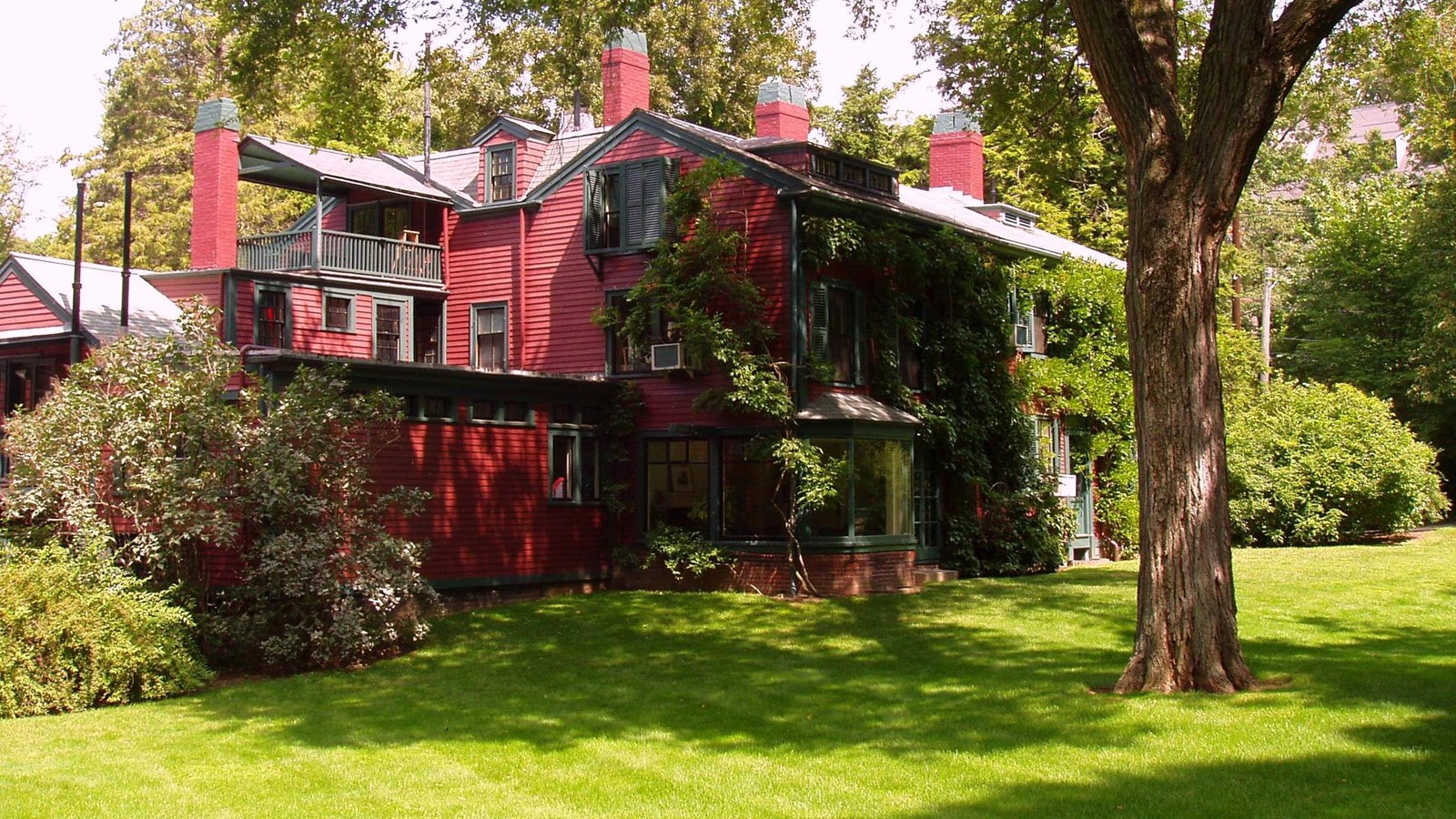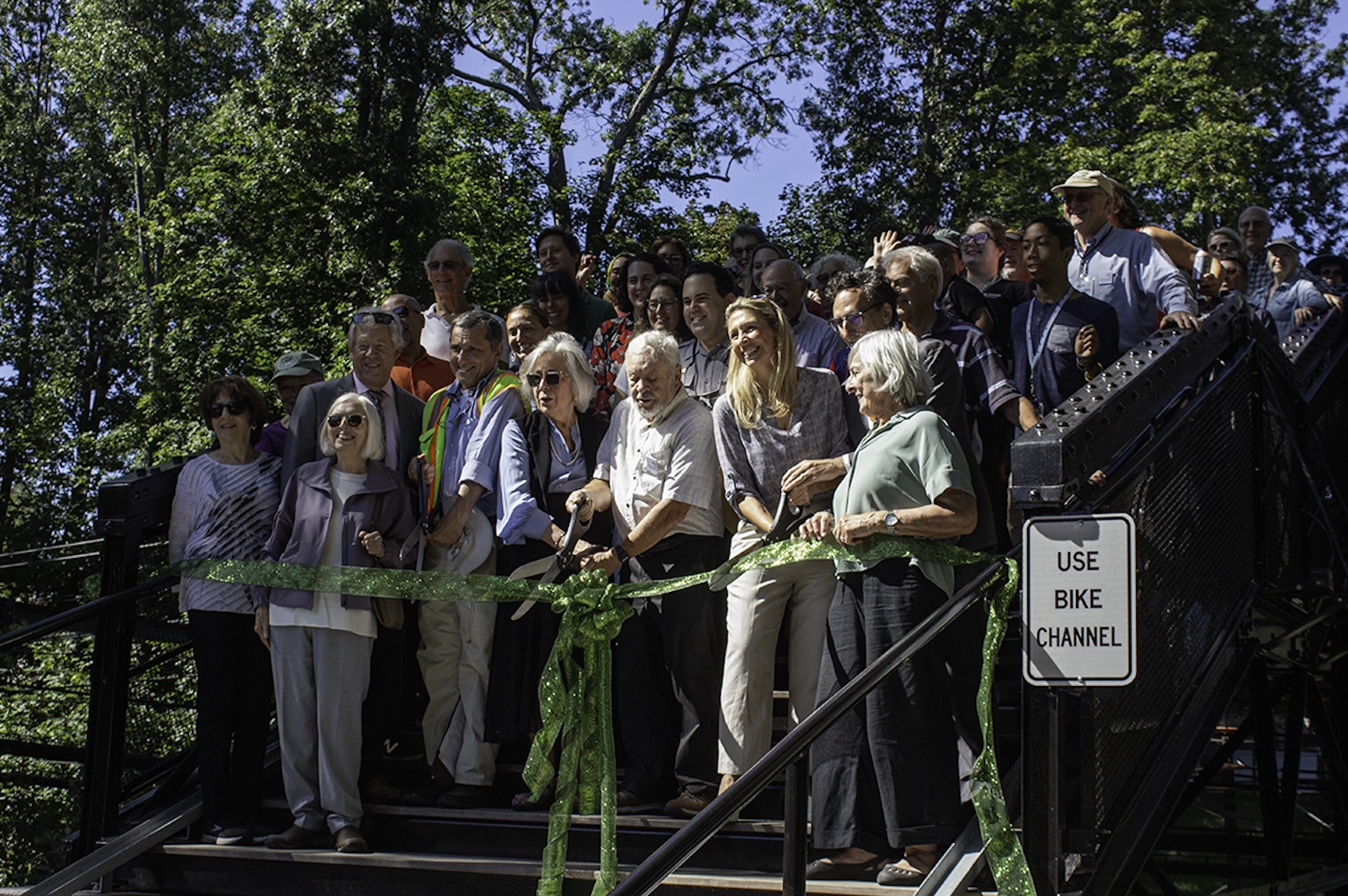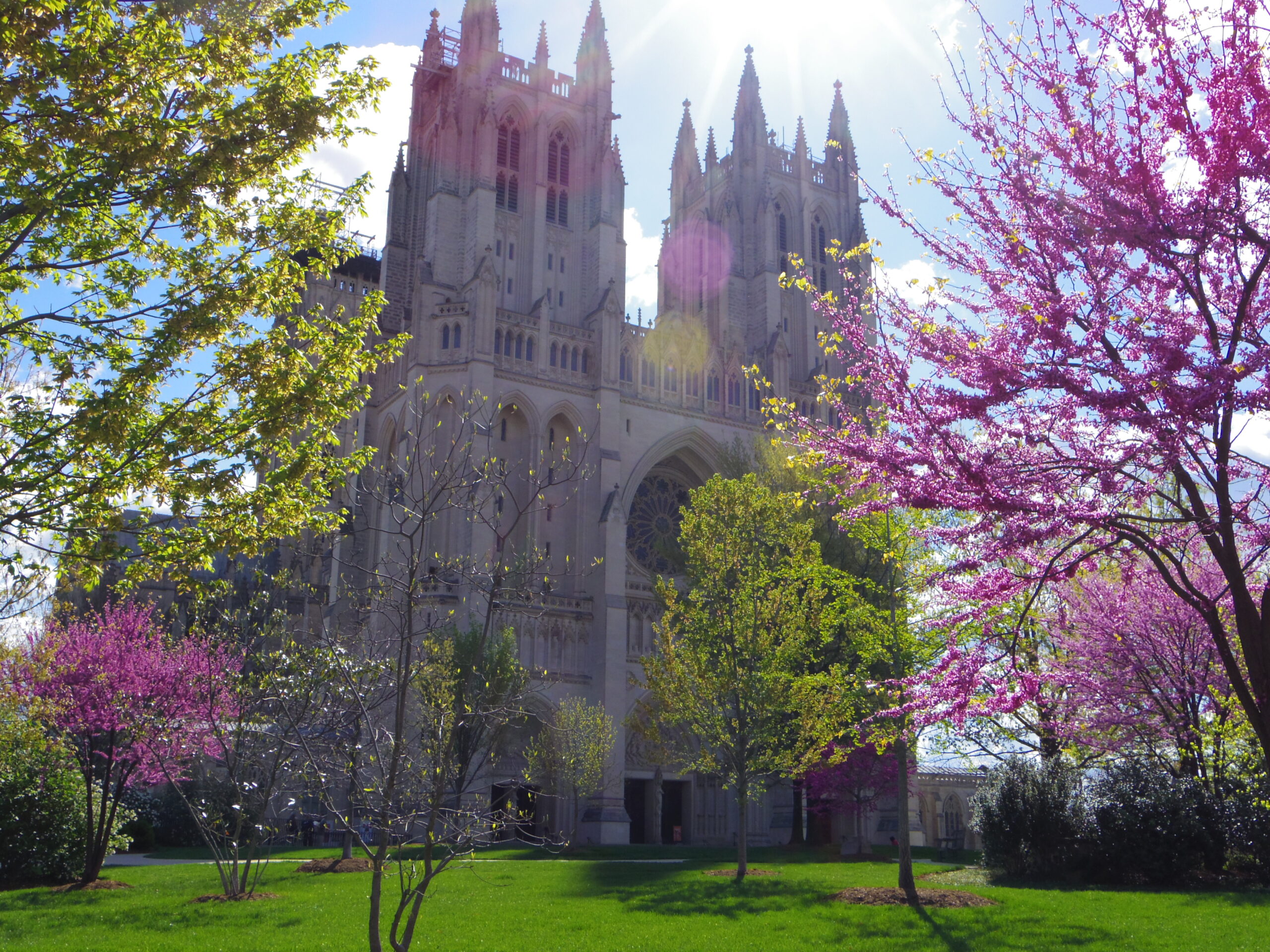Growing up in Brookline, MA in the ‘50s, I did not recognize the name “Olmsted,” but I did recognize the weeping willow on the tiny island in the middle of Jamaica Pond as a favorite sight. We drove past often, sometimes stopping to feed the ducks. My father liked to drive on the curving roads that Olmsted laid out on the edge of Brookline, bordering Boston. From the Jamaicaway, we’d pass under a green canopy (named “Olmsted Park” now, but not then) and on to my grandmother’s house. My father thought it was the fastest route. Even as a little girl, I knew it was the most beautiful.
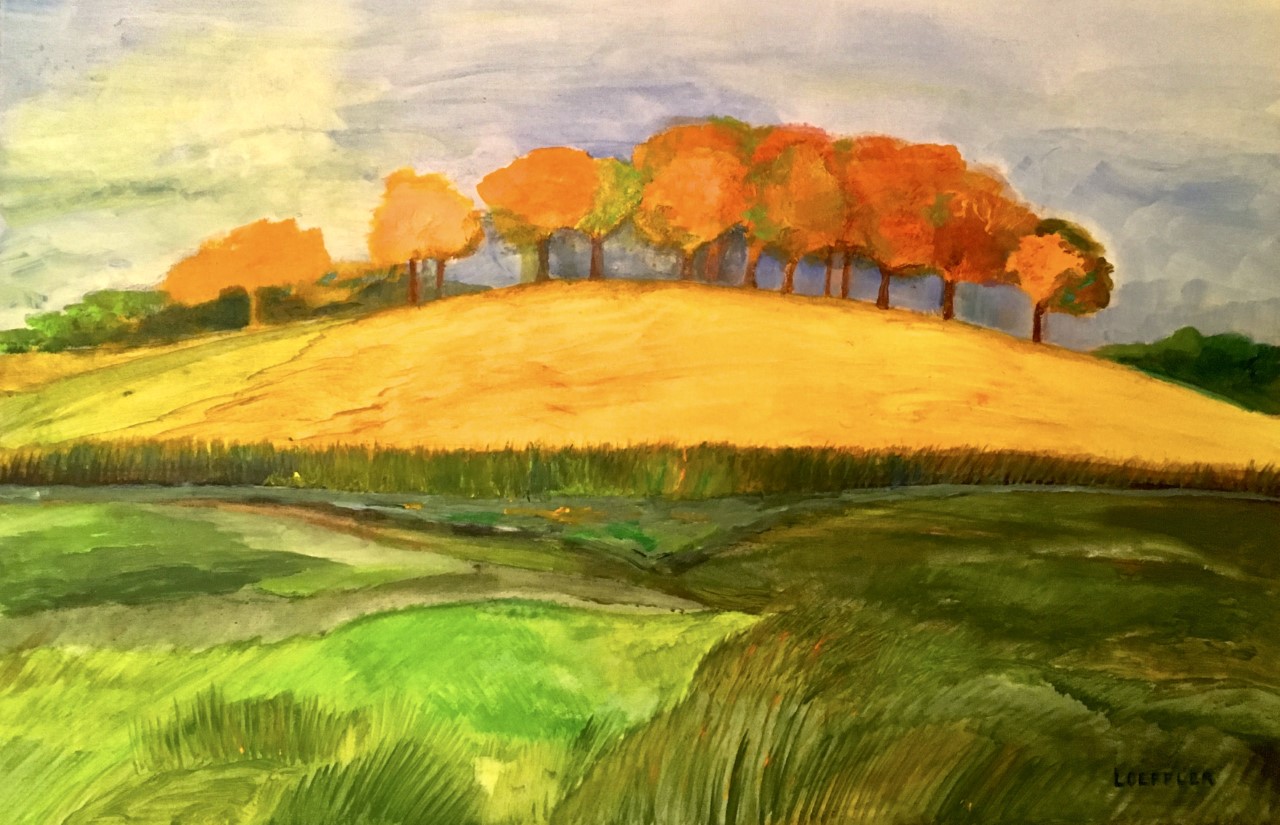
My first official encounter with Olmsted occurred at the Boston Redevelopment Authority in 1968 when I was asked to write a report on the Fenway. It was there that I had my first real meeting with the man who designed my zoo (Franklin Park), my arboretum (Arnold Arboretum), the roads that curved so gracefully, and the precious little island with my willow tree.

After moving to D.C., I met the planner Frederick Gutheim, who master-minded the 1972 Olmsted Sesquicentennial; he asked me to assist him in that effort. By that time a planner myself, I quickly agreed. Things were different then. Gutheim made a series of strategic phone calls to foundations, publishers, and “very important people,” such as his old friend Lewis Mumford, and within a matter of weeks, he had put together an impressive roster of backers and secured publishing contracts for the Olmsted papers project and also for the first major FLO biography—both of which had been languishing for lack for financial support. We aimed to make Olmsted a household name, a daunting task.
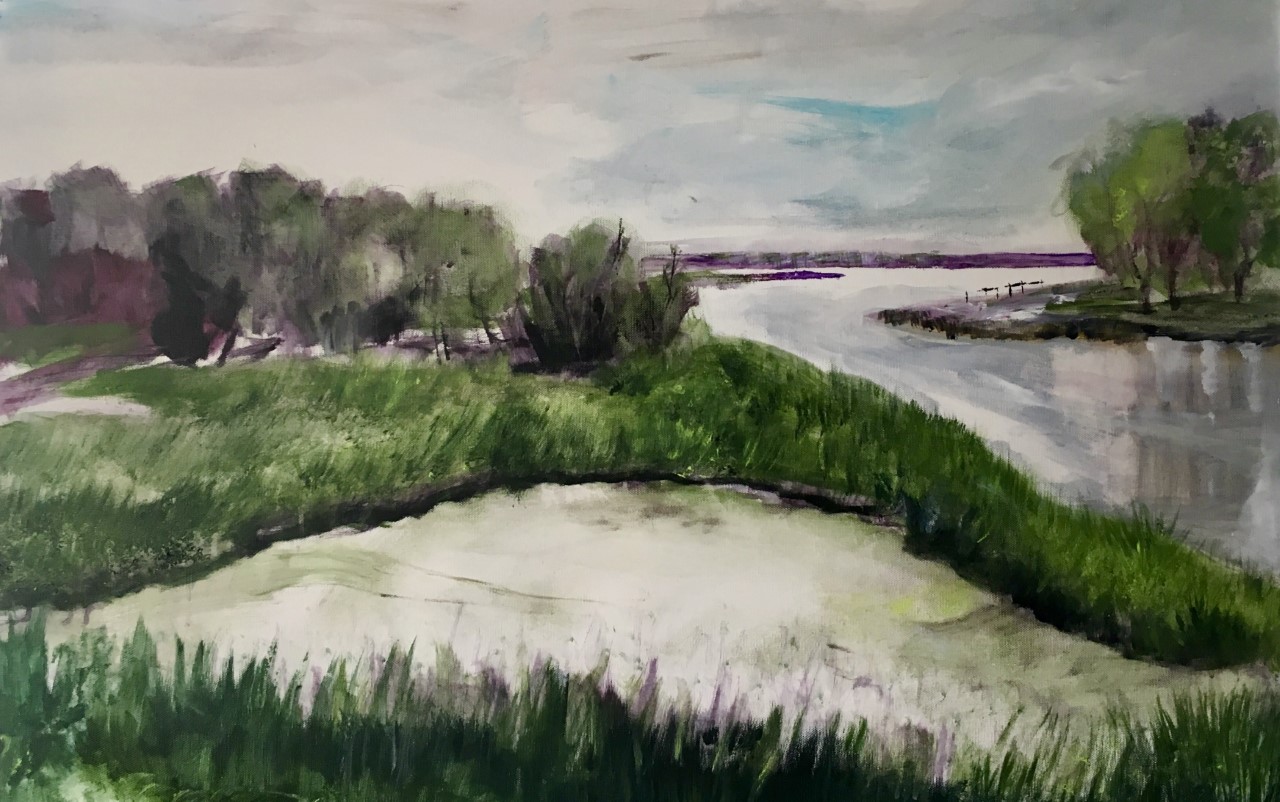
Thanks to Gutheim, I ended up at the National Gallery of Art as an assistant curator after he persuaded its director Carter Brown to host the exhibition: Frederick Law Olmsted/U.S.A. (1972). That exhibition was significant because it introduced visitors to the little-understood idea that Olmsted’s landscapes were man-made, and it put FLO on America’s cultural map as a major figure. It also marked the first time that the Gallery exhibited landscape plans as works of art, and it included the Gallery’s first-ever multi-media presentation.
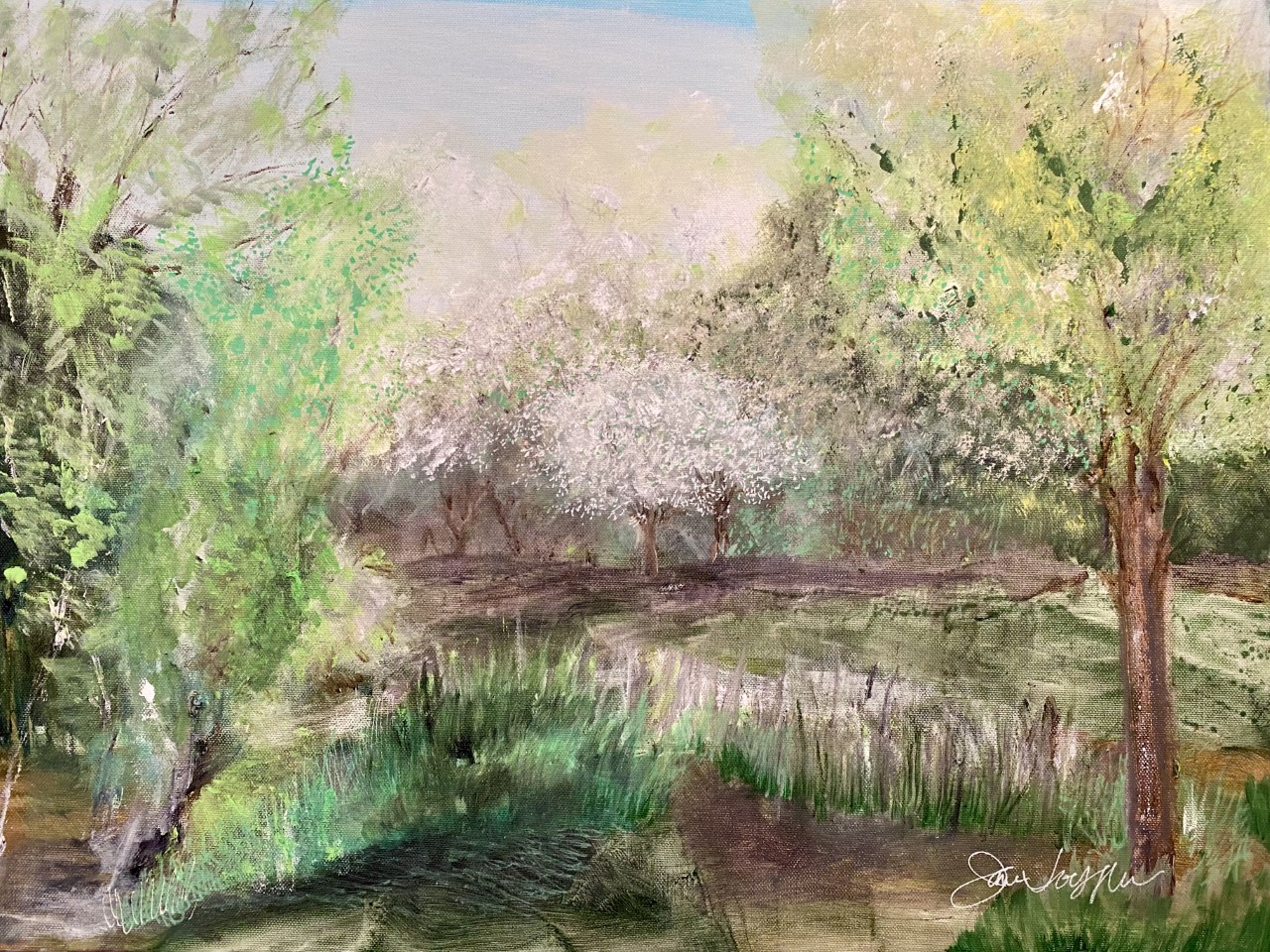
My next Olmsted encounter occurred when frustrated colleagues at my alma mater invited me to write an article for the Wellesley Alumnae Magazine on the ever-expanding parking lots that were destroying Wellesley’s rare and beautiful campus. Frederick Law Olmsted, Jr., had described its landscape as a “vanishing type” when he consulted on its plan in 1902.
Of all my work, that 1995 article may have brought about the most tremendous change. It prompted alumnae to rally to the cause of the historic landscape—so taken for granted that many hardly believed it was endangered. Eventually reversing its priorities, the College retained landscape architect Michael Van Valkenburgh to create and implement a comprehensive restoration plan. The results reflect Wellesley’s renewed commitment to the unity of art and science and a welcome recognition of the transcendent priority of place.
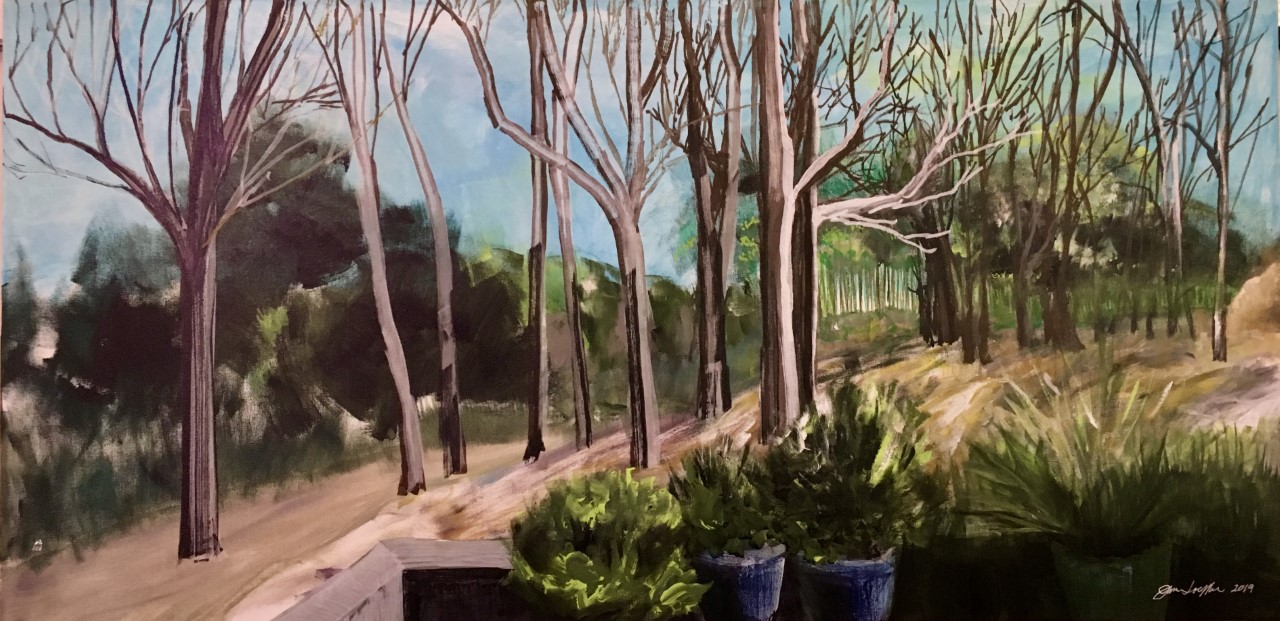
Any personal account would be incomplete without mention of my encounter with the Olmsted tract called World’s End in Hingham, MA. World’s End is situated on four coastal drumlins that extend in a line into Hingham Bay. Olmsted was hired in 1889 to lay out the peninsula for housing sites. He selected trees and laid out carriage trails—and by good fortune, that is all that remains! It was never developed. The Trustees of Reservations acquired it in 1967 and opened it to the public.
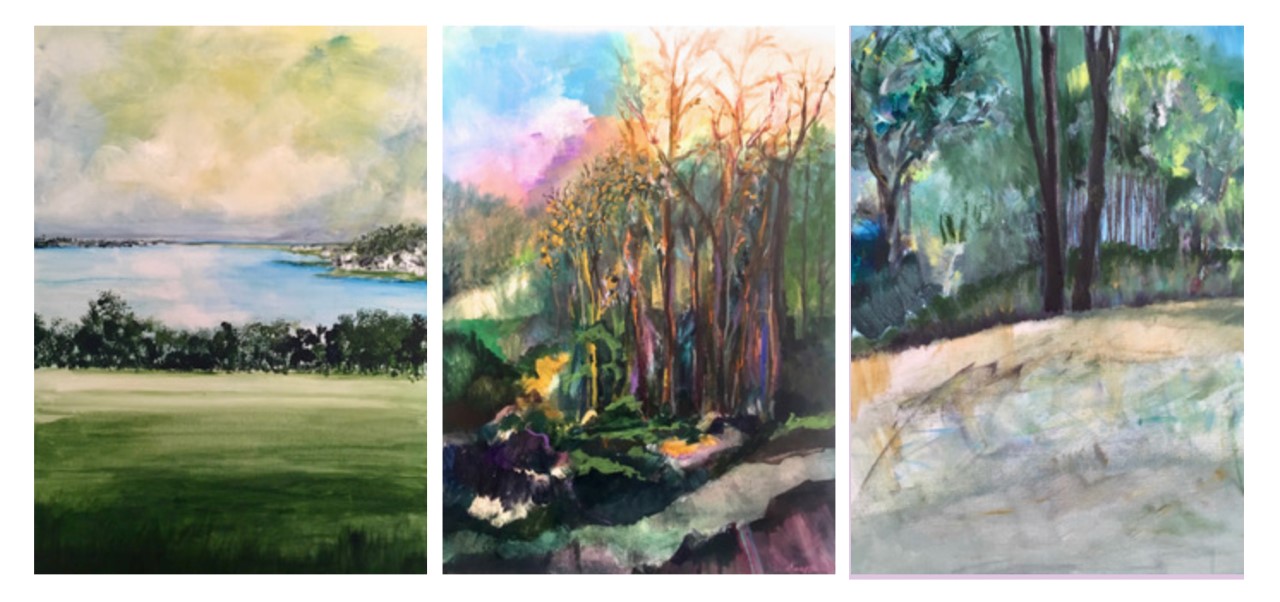
Since the ‘50s, my family had a summer house in the neighboring town of Hull, and later, my husband and I bought a house in the same town. The approach to Hull took us along a road that offered fine views of World’s End; I always loved seeing it from afar. Only recently, when we began to hike there, did I become a frequent visitor enjoying its peaceful vistas, reclaimed wetlands, meadows, its views of Boston, and most of all, its trees. Maybe that’s why I have painted it so many times?
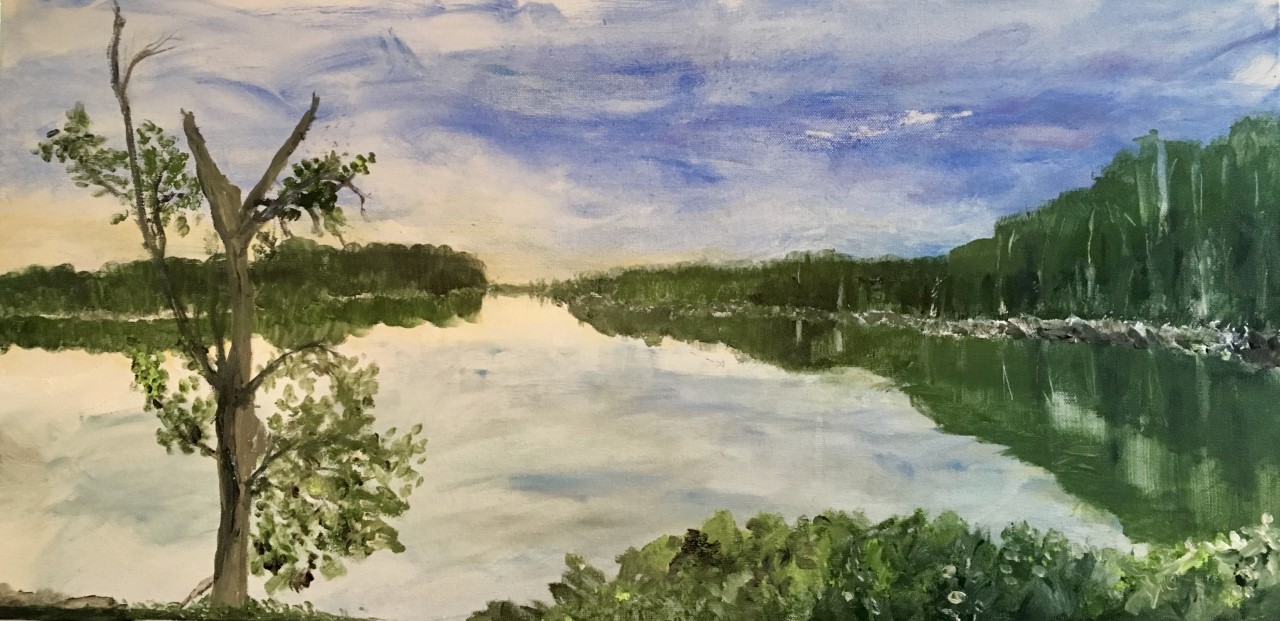
As we approach Olmsted 200, and “Olmsted” is, indeed, a household name, I find myself more connected to Olmsted than ever. Living adjacent to the Smithsonian National Zoo (designed by Olmsted), and Rock Creek Park (which owes its existence to Olmsted, Jr.), I am surrounded by an enchanting treescape that brings joy and inspires paintings in all seasons. Living in the middle of a city, surrounded by nature—how great is that! You ask how it happened? Encountering Olmsted.
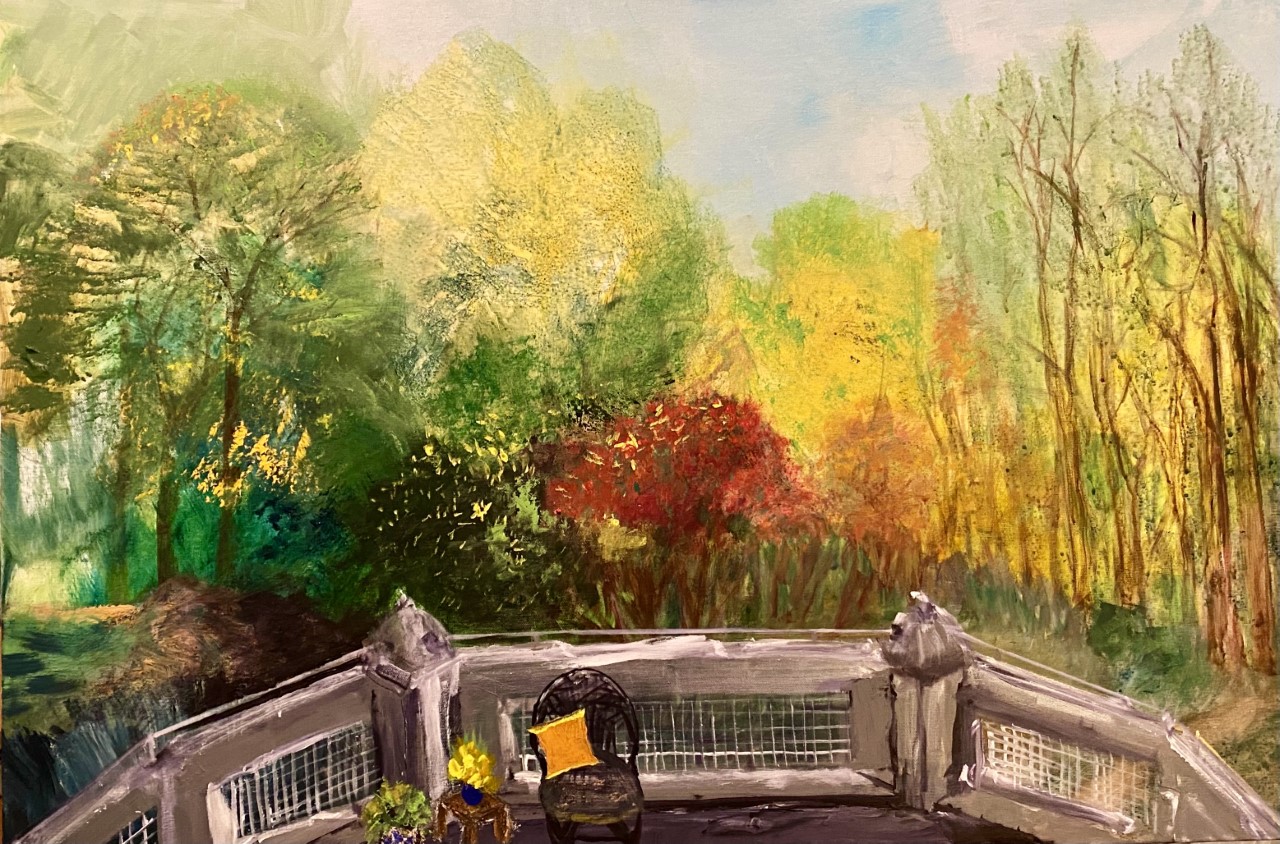
Jane Loeffler, MCP, PhD, is an historian and artist who lives in Washington, D.C. She has written and taught widely on the history of modern architecture and landscape history. See: www.architectureofdiplomacy.com.









